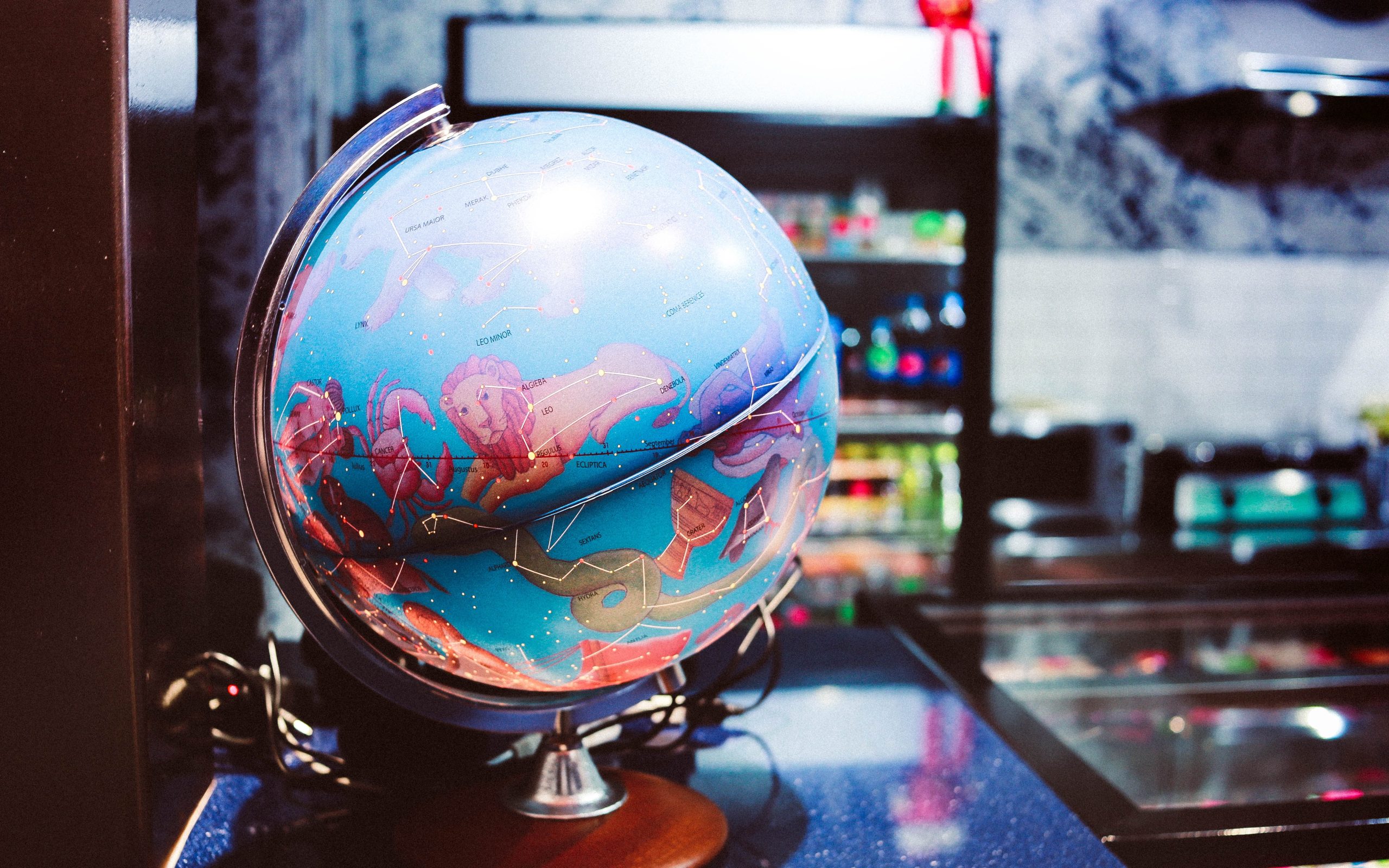The Full Moon Set Time: A Compendium of Lunar Phenomena
The moon, Earth’s celestial companion, has long captivated human imagination and curiosity. Throughout history, it has been revered as a symbol of beauty, mystery, and wonder. One of the most captivating phases of the moon is undoubtedly the full moon, when it appears in all its luminous glory, illuminating the night sky and enchanting all who behold it.
In this comprehensive article, we will delve into the captivating subject of the full moon set time. We will explore what influences the moon’s set time, how it varies across different latitudes and longitudes, and how you can determine the set time for a specific location. So, grab your lunar calendar, sit back, and join us on this celestial journey!
The Moon’s Orbit and Phases
Before we dive into the nuances of the full moon set time, let’s briefly review the moon’s orbit and its various phases. The moon orbits around the Earth in an elliptical path, taking approximately 29.5 days to complete one revolution. This revolution gives rise to the moon’s phases, which are determined by the moon’s position relative to the Earth and the Sun.
The cycle of moon phases begins with the new moon, when the moon is positioned between the Earth and the Sun. As the days progress, the moon gradually moves away from the Sun, and we observe different phases, such as the crescent moon, first quarter moon, gibbous moon, until it reaches the full moon phase.
During the full moon phase, the entire illuminated side of the moon is visible from Earth. This occurs when the Earth is positioned between the Sun and the moon. As a result, the moon appears fully illuminated, casting a radiant glow upon our planet.
Understanding Moonset
Moonset refers to the moment when the moon disappears below the horizon as it moves along its orbital path around the Earth. Just like sunrise and sunset, moonset is influenced by various factors, including the geographical location, time of year, and the moon’s position in the sky.
Due to the moon’s elliptical orbit, the time of moonset can vary significantly from day to day. Moreover, the moonrise and moonset times aren’t fixed, as they are influenced by external factors such as the latitude and longitude of your location. Understanding these factors is crucial in determining the exact time of full moonset for a specific location.
The Influence of Latitude and Longitude
The latitude and longitude of a specific location play a vital role in determining the moon’s set time. Latitude refers to the angular distance of a point on the Earth’s surface north or south of the equator, while longitude indicates the angular distance east or west of the Prime Meridian, which passes through Greenwich, England.
Locations closer to the equator experience moonset times that are relatively closer to midnight. Conversely, locations closer to the pole may experience moonset times during the day or night, depending on the season and the moon’s position in the sky.
To understand the moonset time more precisely for a particular location, one can refer to astronomical charts, online tools, or smartphone applications that provide accurate information tailored to specific geographical coordinates.
Factors Affecting Moonset Time
While latitude and longitude are primary factors influencing moonset time, other variables can affect the moonset experience as well.
Terrain
The local terrain, such as mountains or tall buildings, can obstruct the moon’s visibility, potentially altering the observed moonset time. Areas with a clear view of the horizon enable a clearer vantage point to witness the full moon’s descent.
Atmospheric Conditions
The atmospheric conditions, including air pollution, haze, and even weather patterns, can impact the visual perception of the moonset. Clear skies and low humidity contribute to an enhanced viewing experience.
Predicting Full Moonset Time
To predict the full moonset time accurately, you can rely on a variety of resources both online and offline. Astronomical almanacs, observatory websites, and smartphone applications are excellent tools for obtaining precise information.
Additionally, some of these resources allow you to enter your location’s coordinates or select it from a pre-set list to deliver tailored information for your area. This enables you to plan your moon-gazing adventures with precision and avoid any disappointment caused by inaccurate estimations.
Wrap Up
The full moon set time is a celestial spectacle that arouses our curiosity and expands our understanding of the cosmos. By considering the moon’s orbit, the influence of latitude and longitude, and various other factors, we can anticipate and appreciate this wondrous event.
So, the next time the full moon graces the night sky, take a moment to witness its magical descent below the horizon. Remember, the moon’s set time is a fleeting moment that beckons us to embrace the beauty and mystery of the cosmos.
Happy moon-gazing!
Table of Contents
